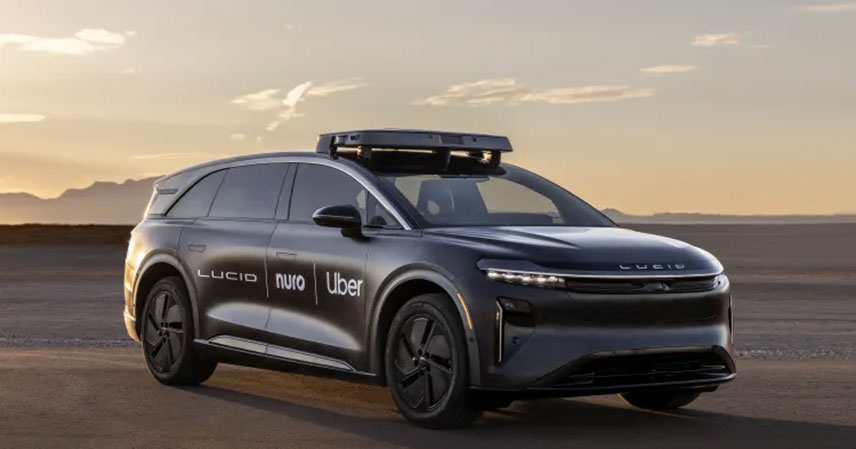The Lake Texcoco Ecological Park stands as a monumental achievement in urban planning. Spanning an incredible 55 square miles, it is one of the largest urban parks globally. Its opening two years ago marked a significant step. It promised a vast green lung for Mexico City. This ambitious project, however, is not without its considerable challenges. These hurdles threaten its full potential. They highlight the complex realities of large-scale public works.
This park emerged from the ashes of a controversial project. It occupies the site originally designated for the New Mexico City International Airport (NAICM). This history casts a long shadow. Issues range from practical accessibility to deeply rooted social and economic conflicts. Understanding these complexities is crucial. It reveals the intricate balance required for such grand ecological endeavors.
The Grand Vision and Its Grounding Realities 🌍
Architect Iñaki Echeverría directed this ambitious project. He openly acknowledges the primary contention: accessibility. For many residents, reaching the park without a car is a significant barrier. This limits who can enjoy its vast offerings. Echeverría knew this would not be fully resolved. Budgetary constraints forced difficult choices during the planning phase.
His decision was a pragmatic one. “Either we focus on resolving all the legal and accessibility issues, or we create this park, clean it up, and create a showcase demonstrating that restoration efforts like this one are viable,” Echeverría explained. This statement reveals a fundamental dilemma. Should resources prioritize immediate, practical problems? Or should they focus on establishing a proof-of-concept for ecological restoration? The latter path was chosen. It prioritized the park’s existence and its environmental message. This choice, however, left crucial infrastructure gaps.
The park’s sheer scale is impressive. It includes the vital Nabor Carrillo Lake. Yet, its physical isolation remains a hurdle. Effective urban parks require seamless integration with their communities. They need robust public transport links. Without these, the park becomes exclusive. It serves only those with private vehicles. This undermines its purpose as a public good. It also limits its environmental impact by encouraging more car travel.
Echoes of a Canceled Dream: Land Disputes and Unfinished Business 🏗️
The Lake Texcoco project carries the heavy legacy of the canceled NAICM airport. This prior endeavor led to widespread land expropriation. Farmers from settlements like Texcoco, Atenco, and Chimalhuacán lost their lands. They now demand fair compensation. These demands are not new. They represent long-standing grievances. The cancellation of the airport did not erase these historical injustices.
The land disputes are a critical challenge. They are also a moral imperative. Ignoring them creates deep resentment. It also undermines the park’s social license to operate. The government must address these claims fairly. This is essential for long-term stability. It also ensures community buy-in for the park’s future.
Furthermore, the airport’s cancellation left behind a trail of uncompleted work. Money was spent on infrastructure. These projects will never see completion. This represents a significant financial loss. It also symbolizes broken promises. The ecological park now inherits these complex issues. It must navigate the legal and ethical quagmires left by its predecessor. This situation complicates its development. It diverts resources from its core mission.
Squatters and Sustainability: A Delicate Balance 🏡
Another pressing issue involves the persistent presence of squatter settlements. Specifically, the El Caracol section of the park continues to see new homes being built. This presents a multi-faceted problem. It involves social, legal, and environmental dimensions. Informal settlements often lack basic services. They can also impact sensitive ecological zones. This poses a direct threat to the park’s conservation goals.
Addressing this requires a nuanced approach. Eviction can lead to humanitarian crises. It also generates significant social unrest. Solutions must consider the human element. They must offer viable alternatives for residents. This is a complex socio-economic challenge. It cannot be solved by simply declaring an area a park. Sustainable solutions require collaboration. They need community engagement and social programs. This ensures the park’s ecological integrity. It also respects human dignity.
The presence of squatters highlights broader issues. These include housing shortages and poverty. The park, despite its environmental focus, becomes a stage for these societal problems. Integrating these communities into the park’s vision, or offering equitable resettlement, is paramount. Otherwise, the conflict will persist. It will hinder the park’s ability to thrive as a truly ecological space.
Key Insights for Urban Ecological Projects ✨
The Lake Texcoco Ecological Park offers invaluable lessons. These apply to urban development worldwide. Its journey underscores several critical points. These insights are vital for future large-scale projects.
- Holistic Planning is Paramount: Projects must integrate environmental, social, and economic factors from the outset. Accessibility, community needs, and historical land rights cannot be afterthoughts. They are fundamental to success.
- Community Engagement is Non-Negotiable: Genuine participation from affected communities is essential. This includes landholders and local residents. Their voices must shape the project. This builds trust and ensures long-term support.
- Robust Funding and Phased Implementation: Adequate, sustained funding is crucial. It must cover not just construction but also ongoing management and social programs. A phased approach can help manage complex issues incrementally. This allows for adaptability and learning.
- Addressing Legacy Issues Proactively: Any project built on a site with prior controversies must proactively resolve those legacy issues. Ignoring past grievances only creates new ones. This can severely impede progress.
The Lake Texcoco Ecological Park represents a bold vision. It is a testament to what is possible in urban ecological restoration. Yet, its current struggles serve as powerful reminders. Grand visions must always confront reality. They must navigate complex social, economic, and political landscapes. The park’s future success hinges on addressing these foundational challenges. Only then can it truly fulfill its promise as a beacon of green urbanism.
Source: Rainfall Buries a Mega-Airport in Mexico



